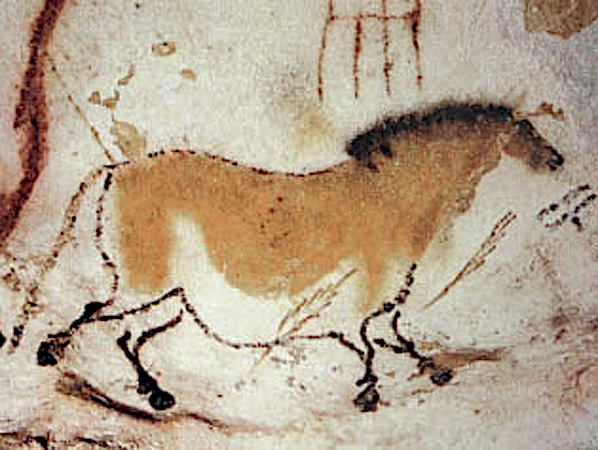
Art history is the study of aesthetic objects and visual expression in historical and stylistic context.[1] Traditionally, the discipline of art history emphasized painting, drawing, sculpture, architecture, ceramics and decorative arts, yet today, art history examines broader aspects of visual culture, including the various visual and conceptual outcomes related to an ever-evolving definition of art.[2][3] Art history encompasses the study of objects created by different cultures around the world and throughout history that convey meaning, importance or serve usefulness primarily through visual representations.
As a discipline, art history is distinguished from art criticism, which is concerned with establishing a relative artistic value upon individual works with respect to others of comparable style or sanctioning an entire style or movement; and art theory or “philosophy of art“, which is concerned with the fundamental nature of art. One branch of this area of study is aesthetics, which includes investigating the enigma of the sublime and determining the essence of beauty. Technically, art history is not these things, because the art historian uses historical method to answer the questions: How did the artist come to create the work?, Who were the patrons?, Who were their teachers?, Who was the audience?, Who were their disciples?, What historical forces shaped the artist’s oeuvre and how did he or she and the creation, in turn, affect the course of artistic, political and social events? It is, however, questionable whether many questions of this kind can be answered satisfactorily without also considering basic questions about the nature of art. The current disciplinary gap between art history and the philosophy of art (aesthetics) often hinders this inquiry.[4]
From Wikipedia, the free encyclopedia
